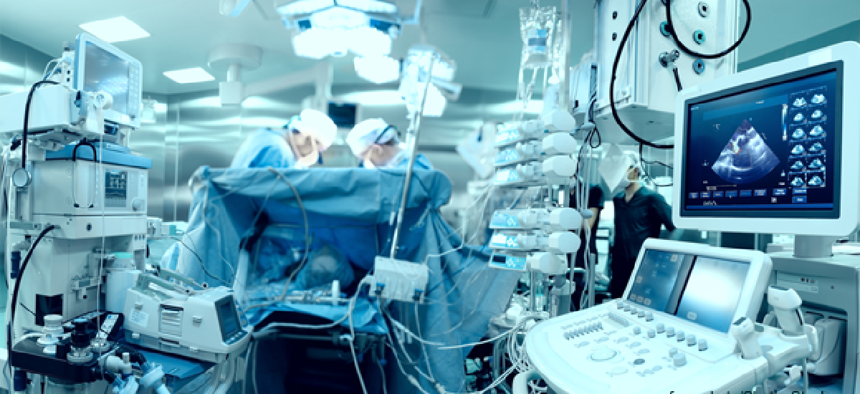NIH dives into cyber-physical systems research


Connecting state and local government leaders
The National Institutes of Health is among several federal agencies offering grants for breakthrough projects showing the integration of computational and physical systems.
The National Institutes of Health, in collaboration with several other agencies, has announced funding and grant opportunities in the area of cyber-physical systems (CPS), a new generation of embedded systems with integrated computational and physical capabilities.
In health care, for instance, CPS is producing opportunities for intelligent operating rooms and hospitals, image guided surgery and therapy as well as the development of physical and neural prostheses that allow brain signals to control physical objects. Elsewhere researchers are exploring the uses of CPS for applications ranging from autonomous urban driving to next generation airplanes and space vehicles.
‘’The ability to interact with and expand the capabilities of the physical world through computation, communication and control is a key enabler for future technology developments,” according IEEE paper on the technology.
Agencies participating in the CPS grants include the Department of Homeland Security’s Science and Technology Directorate, the Department of Transportation’s Federal Highway Administration and its Intelligent Transportation Systems Joint Program Office, NASA’s Aeronautics Research Mission Directorate and several NIH institutes and centers.
NIH said it is investigating ways CPS technology can mitigate errors in intensive care units, exploring development of CPS for artificial organs as well as developing hospitalwide applications to decrease fragmentation and conserve costs by tracking medical assets .
The goal of the CPS funding program is to develop, “the core system science needed to engineer complex cyber-physical systems upon which people can depend with high confidence,” the agency said.
The program also aims to foster a research community committed to advancing research and education in CPS and transitioning CPS science and technology into engineering practices.
NIH said advances in sensors, wearable devices and patient-facing technologies hold great promise in improving healthcare. Less is known, it said, about how advances in CPS can integrate these technologies and interfaces to increase patient engagement and activation.
“CPS technology will transform the way people interact with engineered systems – just as the Internet has transformed the way people interact with information,” the NIH said in announcing its grants.
NIH said one avenue of transformation could be development of personalized patient-care systems tightly knit with other non-medical CPS systems.
“Such a closed-loop environment could enable optimal and timely delivery of healthcare improvements at a significant cost reduction,” said NIH. “It is envisioned that such systems will also generate a significant amount of data, and technologies for analyzing these data on-the-fly will need to be developed.”
Other research areas – and funding targets – for medical CPS research and technology development might include:
- Reducing medical errors in intensive care units
- Enhancing interoperability between various medical devices and/or systems
- Monitoring physiologic, motor and cognitive functioning across environments to inform treatment and facilitate research
- Developing approaches to understand the behavioral and social aspects of medical CPS implementations
- Creating real-time patient-specific clinical decision-making
- Enabling real-time data analytic techniques for medical CPS systems
NIH advised grant applicants to describe how the ideas being proposed will address healthcare needs of the end user, including healthy individuals, patient populations with specific targeted diseases, persons with disability and or health disparity populations.




